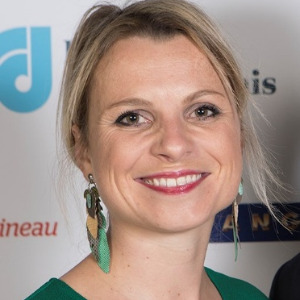Abstract:
Background: Single-anastomosis sleeve-ileal bypass (SASI) is a 2nd-stage surgical option for initial suboptimal clinical response or recurrence of obesity after sleeve gastrectomy (SG). It is an emerging and interesting option, as it combines several mechanisms such as dietary restriction, intestinal hypoabsorption and neuroendocrine effects. As the only bariatric surgery center in Canada to offer this procedure as a 2nd-stage post-SG procedure, we present short-term results from a series of patients.
Methodology: Between January 2023 and November 2024, 40 bariatric patients underwent SASI in 2nd stage post-SG. If patients were eligible, the procedure was performed on an outpatient basis. The antro-ileal anastomosis was made 250cm from the ileo-caecal valve, measuring approximately 3cm with an anti-biliary reflux anchor. Early complications (≤30days) and results at one year postoperatively concerning excess weight lost (EWL) and total weight loss (TWL), evolution of associated comorbidities and late complications are detailed.
Results: Since January 2023, 40 patients (5/35 M/F, mean age: 47y) with a mean preoperative body mass index of 44.4 kg/m2 have undergone SASI. The mean time between SG and SASI was 63 months (14-140). Indications for revision were 60% weight recurrence and 40% suboptimal clinical response after SG. Preoperative comorbidities were as follows: n=15 (37.5%) obstructive sleep apnea, n=12 (30%) hypertension, n=5 (12.5%) type 2 diabetes and n=2 (5%) dyslipidemia. Outpatient management was possible for 31 (77.5%) patients. The rates of emergency department visits and readmission at 30 days post-op were 10% and 5% respectively. The rate of early complications was 5% (n=2 Dindo-Clavien II and no major complications). At 1 year post-operatively, mean EWL and TWL were 57.5% and 21.9% respectively. Follow-up rates at 6 months and 1 year post-operatively were 55% and 30%. Associated comorbidities were resolved for 100% of dyslipidemias, 25% of hypertensions and 20% of type II diabetes. The majority of patients describing postoperative gastro-oesophageal reflux (45%) were well controlled with the use of proton pump inhibitors. Only one patient required a revision into a gastric transit bipartition with concomitant hiatal hernia repair. Ten patients have completed their post-operative EGDs demonstrating: 4 marginal ulcers (treated conservatively) and 2 anastomotic strictures (treated by endoscopic dilatation). Only 5 (12.5%) patients used loperamide to control accelerated transit. Finally, vitamin-protein profiles from post-operative follow-up showed n=6 (15%) martial deficiency anemia, n=6 (15%) calcium deficiency, n=4 (10%) vitamin D deficiency and n=3 (7.5%) vitamin B12 deficiency. Only one patient with persistent asthenia at 3 months and marginal ulcers developed hypoalbuminemia.
Conclusion: SASI appears to be an attractive 2nd-stage treatment modality after SG. The complication rate is acceptable and one-year outcomes appear satisfactory. It would be necessary to study the efficacy and morbidity of this method over the longer term, in comparison with SADI-S or OAGB. This would help clarify its place in the therapeutic arsenal of revision procedures for SG non responders.




